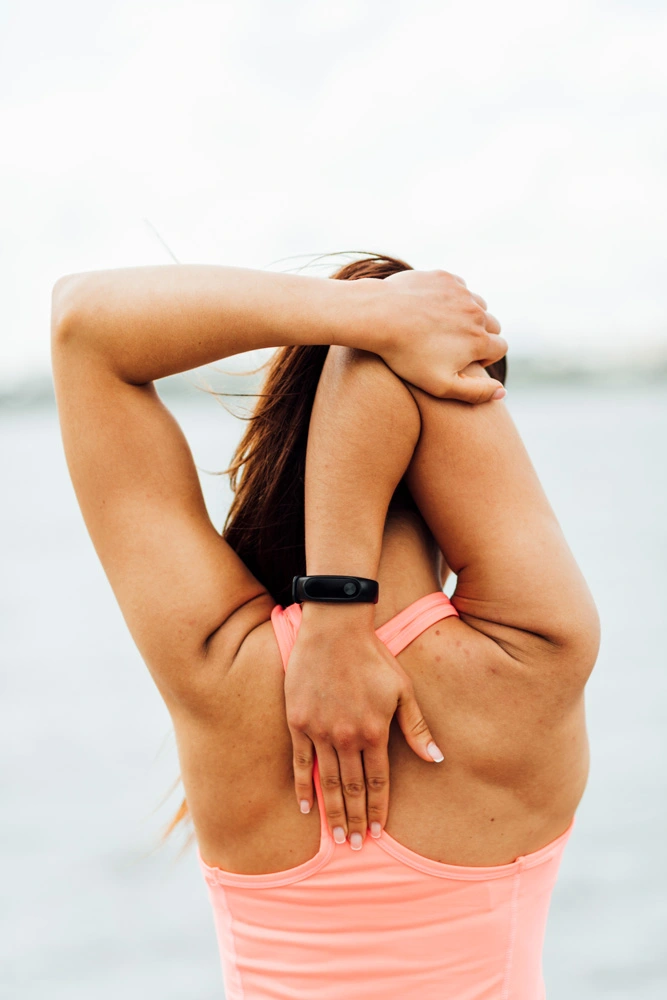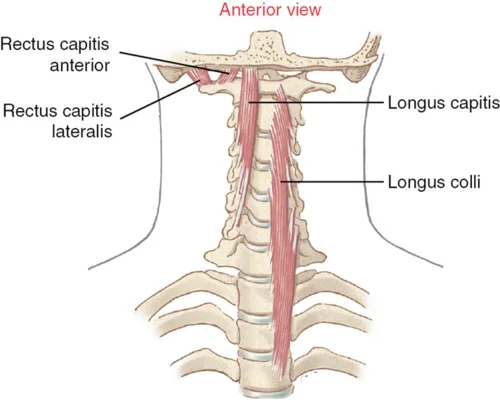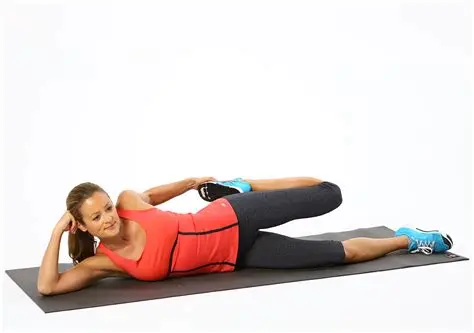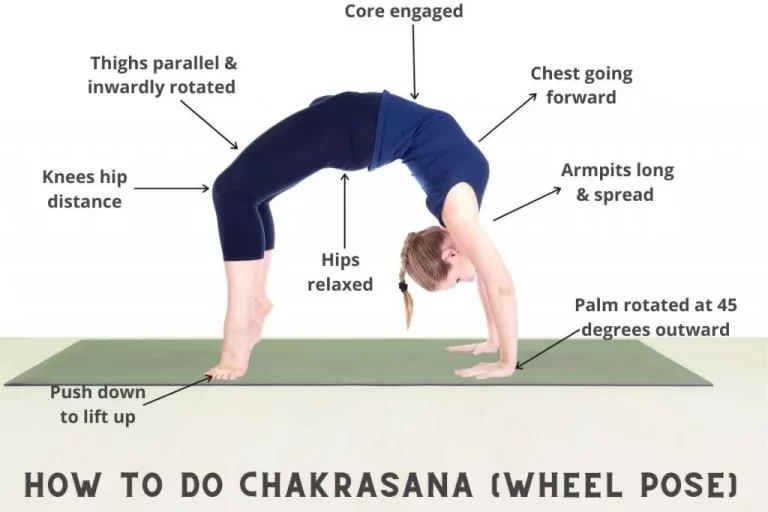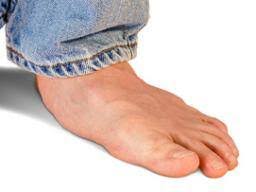Teres major muscle stretching exercise
Table of Contents
What is a teres major stretching?
- Teres major stretching is an important exercise to increase flexibility at a back side of a shoulder region & also assists to prevent injury as well as increasing the overall fitness level.
- A teres major muscle attaches to the front of an upper arm, crosses under a shoulder as well as attaches to a lower, the inner portion of a scapula in an upper back. Teres major facilitates shoulder extension, adduction, as well as internal rotation ranges of motion.
Stretches for a teres major involve moving towards opposite ranges of motion: shoulder flexion, abduction, flexion as well as external rotation.
What are the health benefits of the teres major stretching?
There are many benefits the patient needs to know are:
- This stabilizes a shoulder joint.
- This extends, adduct as well as internally rotate a shoulder joint.
- Improve the performance in the physical activities
- Lower the risk of injuries
- Improve the range of motion (ROM)
- Increase muscle blood flow
- Enable muscles to work most effectively
- Improve the ability to perform daily activities
What are the types of a teres major stretching?
There are many types the patient may perform:
- Teres major stretch
- External Rotation Stretch
- Overhead Shoulder Flexion
- Side Bends
- Overhead Reach
- Standing Hands Clasped Over Head
- Crossbody Stretch
- Triceps Stretch
- Shoulder Adductor Stretch
Teres major stretch
How to perform: The patient can perform the stretch standing or even seated. Raise a right arm up overhead.
Then bend a right elbow so that a palm of the right-hand reaches down a back aiming between scapulae.
Place a left hand on a right elbow.
From this position, the patient can gently help the right elbow towards the left.
Maintain the chest lifted as well as try not to let the head drop forward. Also, aim the scapulae towards a tail to keep them firm on the back.
If the patient has very tight in the teres muscles, he may feel the stretch with a slight movement.
To deepen a stretch the patient may embark to lean to the left with an upper body.
Maintain a pelvis level as well as a scapulae firm on the back. Try not to collapse on the left side.
Stay here for 5-8 seconds then switch to the left side in one repetition. Do three repetitions per session. Do three sessions per day.

External Rotation Stretch
How to do: First of all, the physical therapist tells the patient to take a lying position on the flat bench with the right upper arm extended at the side, far from the shoulder. After that, the elbow bends up to 90 degrees, so a forearm points away from the feet.
Have assistance secure the elbow with one hand as well as push the wrist down with the use of another hand.
When the patient feels a gentle stretch, hold this position for 15 to 30 seconds in one repetition, then perform it on the left arm. Do three repetitions per session. Do three sessions per day.
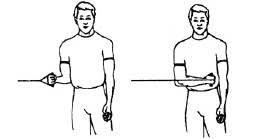
Overhead Shoulder Flexion
How to perform: First of all, the patient takes a standing position in the door frame.
Reach both arms overhead, placing the palms shoulder-width apart on a wall just upward to a frame.
Lean forward slightly, moving the head as well as the upper body in front of the hands.
When the patient feels a mild stretch, hold for 10 seconds. Perform it 2-3 times in one session. Do three sessions per day.
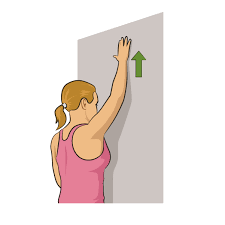
Side Bends
How to perform: Stand tall as well as spread the feet wider than the shoulders.
Rotate the right foot outward 90 degrees, pointing the toes sideways.
Extend the left arm above the head, then lean to a right, placing the right hand on the knee.
Stop when the patient feels tension through the left side of the upper body, then hold for 20-30 seconds in one repetition. Do three repetitions per session. Do three sessions per day.
Repeat the stretch in the other direction.
Maintain the chest as well as thighs directed forward as you do the exercise.

Overhead Reach
How to perform: Kneel 4 to 5 feet away from a chair.
Slowly bend forward at a waist level as well as put the hands on a seat of the chair, around shoulder-width apart.
Drop the head downward, between the arms, until the patient feels a mild stretch.
Hold for 5-10 seconds, pressing down with the hands with every inhalation, then releasing pressure as well as lowering.
The upper body is farther with each exhalation.

Standing Hands Clasped Over Head
How to perform: Stand straight with the feet should be hip-width apart. Clasp the hands together as well as put them over the head with hands facing the roof. Drop the pelvis, and tailbone straight down toward the floor.
The Chest, as well as shoulders, are open.
Feel the ends of the feet like the tripod. Feel the balls of the heels, big toes, as well as little toes on the floor.
Breathe as well as stretch the elbows straight upward & reach the palms toward the ceiling.
Increase the intensity of a stretch by bending the side.
The patient can cross the hands at waist level to feel more stretched.
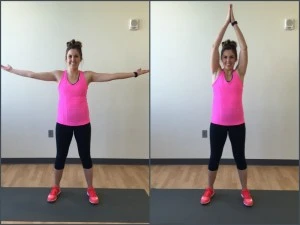
Cross body Stretch
How to perform: While standing, bring the right arm directly across the chest.
After that, the right hand is past the left shoulder.
Keep the left elbow tight to the chest as well as lift the forearm. The right elbow is supported by the left arm.
Next, use the left forearm to press the right elbow towards the chest. Hold the stretch for 25-30 seconds & then switch arms.
Do three repetitions in one session. Do three sessions per day.
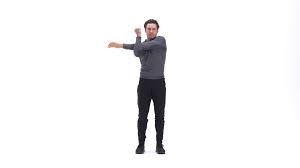
Triceps Stretch
The title of the stretch is for the triceps but the positioning of the arm also stretches the Teres Major.
How to do: Keeping the torso straight, lift the right arm straight up into the air.
After that, flex at the elbow so that the hand is flat against the spine. Take the left hand & slowly pull the bent elbow back as well as towards the head to feel the deep stretch.
Hold the position for 25-30 seconds & then do it on the left arm.

Shoulder Adductor Stretch
How to perform: Stand beside a wall.
Place a hand on the arm nearest to a wall flat against it.
Move the fingers straight up the wall as high as the patient can without feeling any pain.
Re-flatten the palm against the wall as well as lean the weight against the palm.
The patient should feel a stretch throughout the arm as well as down at the same side of the body.
Hold the position for 25 -30 seconds & repeat on the opposite side.

What are the safety as well as precautions for Teres major stretching?
There are some things that the patient needs to remember while stretching:
- Do not bounce. Stretch in a smooth motion, without bouncing. Bouncing while stretching may cause injury to the muscle as well as actually cause muscle tightness.
- Hold the stretch. Breathing can be normal & hold every stretch for around 30 seconds; in problem areas, the patient may need to hold for about 60 seconds.
- Do not aim for pain. The patient has to feel tension during you are stretching, not pain. If the patient feels pain, he/she has pushed so far.
- Return to the point where the patient does not feel any pain, then hold it.
- Keep up with the stretching. The patient can achieve the most advantage by stretching daily, around 2-3 times a week.
- Skipping daily stretching means that the patient risk lowering the potential advantages. For example, if stretching assists you increase range of motion, the range of motion can decline again if the patient stop stretching.
- Bring motion into the stretching. Gentle movement, such as Pilates or yoga, may assist you to be more flexible in specific movements.
- If the patient has a chronic condition or an injury, the patient needs to adjust the stretching techniques. Consult the physical therapist for this matter.
- Perform warm-up prior to stretching.
- Performing stretching before & after exercise gives benefits.
- Stretch slowly as well as gently.
- Breathing is normal while stretching.
- The patient should focus only on the exercise while performing it.
FAQ
What causes tight teres major?
A teres major muscle is susceptible to the development of myofascial pain syndrome. Stretch or even impact injuries to a teres major
muscle sustained during playing sports or in motor vehicle accidents, & falls onto a lateral scapula, have been implicated in the
evolution of the teres major syndrome.What does teres major strain feel like?
The main symptom of the teres major tear is the sudden sharp pain in the shoulder, upper arm as well as armpit. This usually arises if a
muscle is not given rest & no treatment is carried out.Why do my teres muscles hurt?
A syndrome may be caused by overuse of an arm, particularly in overhead activity, or even traumatic injury, such as shoulder
dislocation. A teres minor is innervated by an axillary nerve & supplied, in part, by a posterior humeral circumflex arteryWhat action does the teres major do?
The main function of teres major is to produce the motions of the humerus at a glenohumeral joint; this pulls the anterior surface of the
humerus medially towards a trunk (internal rotation). In addition, this can extend the arm from the flexed position.How does the patient target the teres?
The exercise is fantastic for targeting the Teres Major muscle, make sure you plant the feet on either side of the bench & use one hand
to rest on it while keeping the back straight & shoulders retracted. Keep the head straight throughout the motion as well as pull through
the elbow until contraction.

